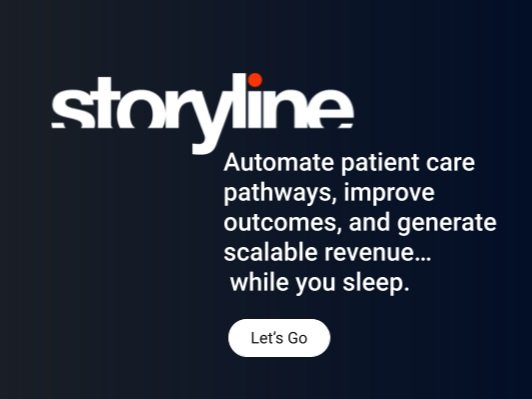Medical Spa MD {4} Mr. Adrian Richards MBBS, MSc, FRCS (Plast.) - Cosmetic Medicine In The UK
/A real eye-opener for physicians in the US... In this episode of the Medical Spa MD Podcast we discuss cosmetic medicine in the UK with plastic surgeon Mr. Adrian Richards.
Mr. Richards qualified as a Doctor in 1988 and for the last 12 years has specialised in plastic surgery. He has full registration with the General Medical Council No. 3286812 and is a Member of both the British Association of Plastic and Reconsructive Surgeons (BAPRAS) and the British Association of Aesthetic Plastic Surgeons (BAAPS), the leading British professional bodies for plastic surgery and reconstructive surgery. He is an author and has written a best-selling textbook ‘Keynotes on Plastic Surgery’. He is founder of Cosmetic Courses, a company accredited by the Royal College of Physicians, which provides training to medical practitioners entering the aesthetic market and was the lead investigator in recent clinical research into the use of Botulinum Toxin A (Botox) for cosmetic purposes.
In this episode we're discussing cosmetic medicine in the UK with Adrian Richards. It will probably come as something of an eye-opener for physicians in the US to learn that; most cosmetic surgeons in the UK don't really worry too much about informed consent, being sued by a patient is a rarity, filler injections are unregulated, and that physicians are routinely employed by non-physicians. I found the differences to be striking.
We also discuss how Adrian markets his services through social media, videos, and podcasts of his own as we delve into cosmetic surgery across the pond.





 Cosmetic surgeons are asking for patient help to fight the Botox Botax. Here's what the
Cosmetic surgeons are asking for patient help to fight the Botox Botax. Here's what the 













